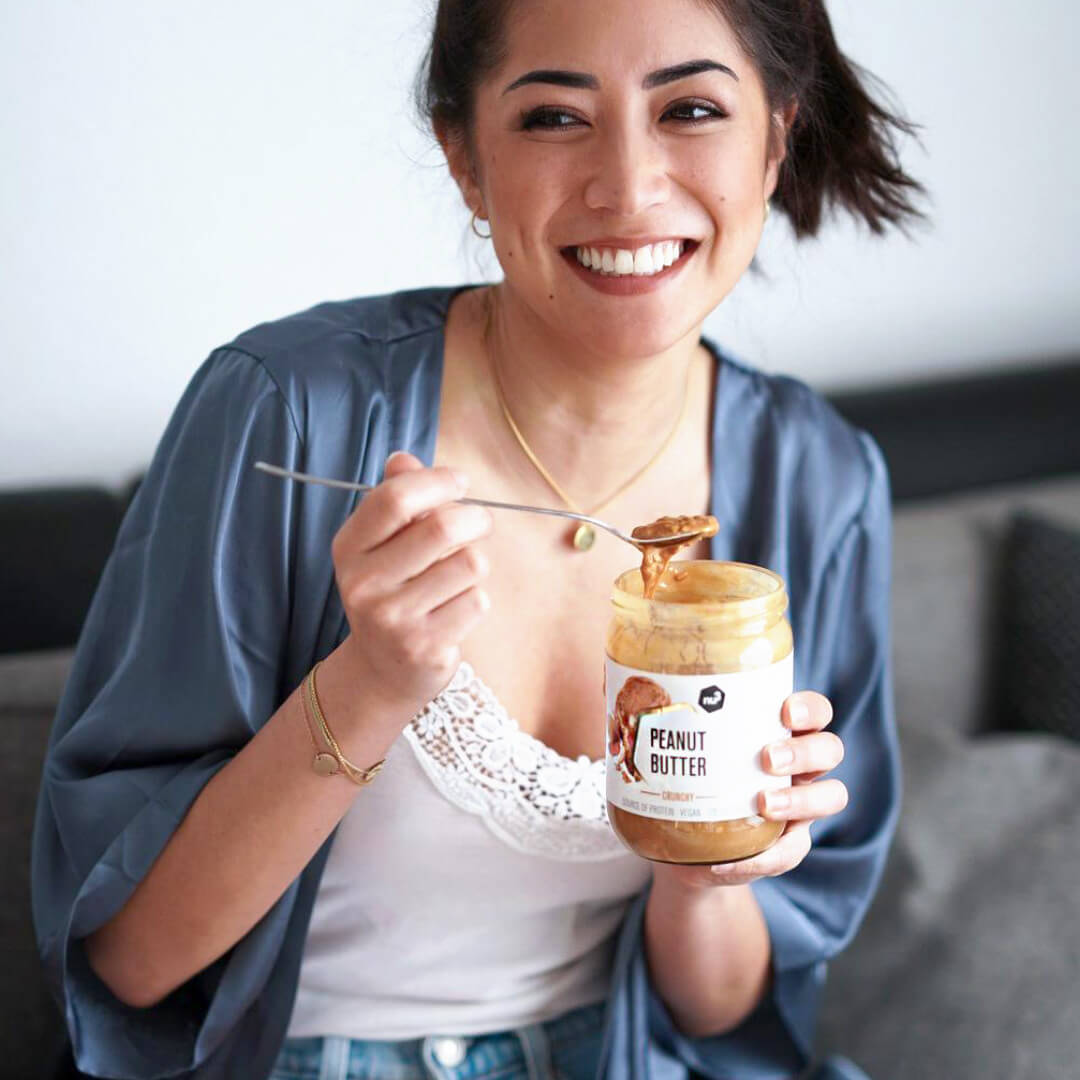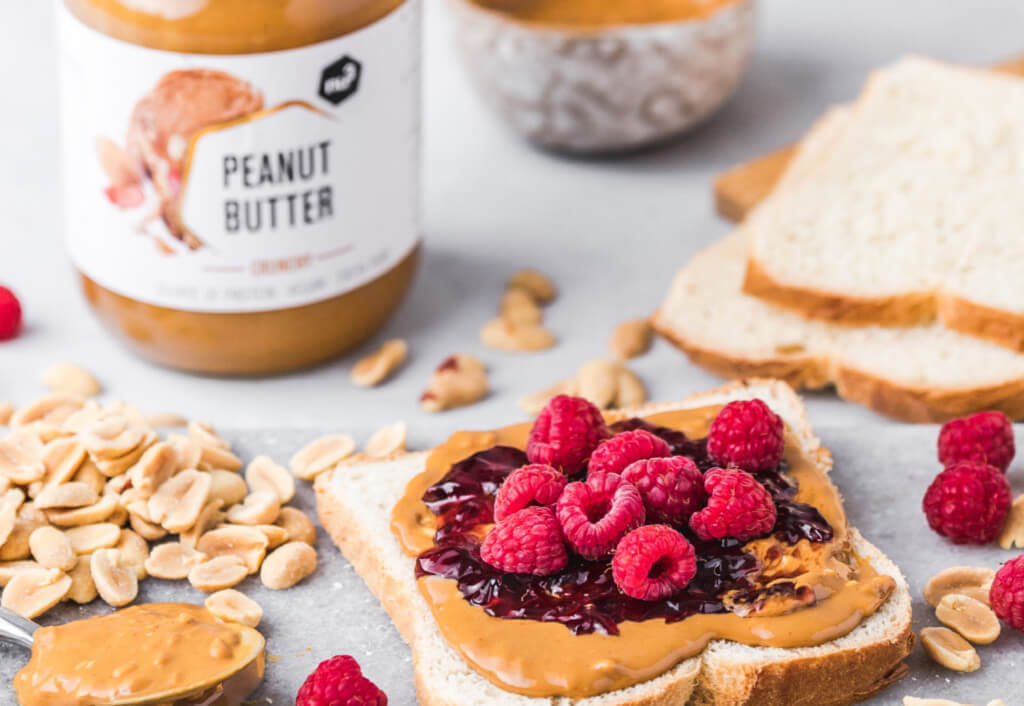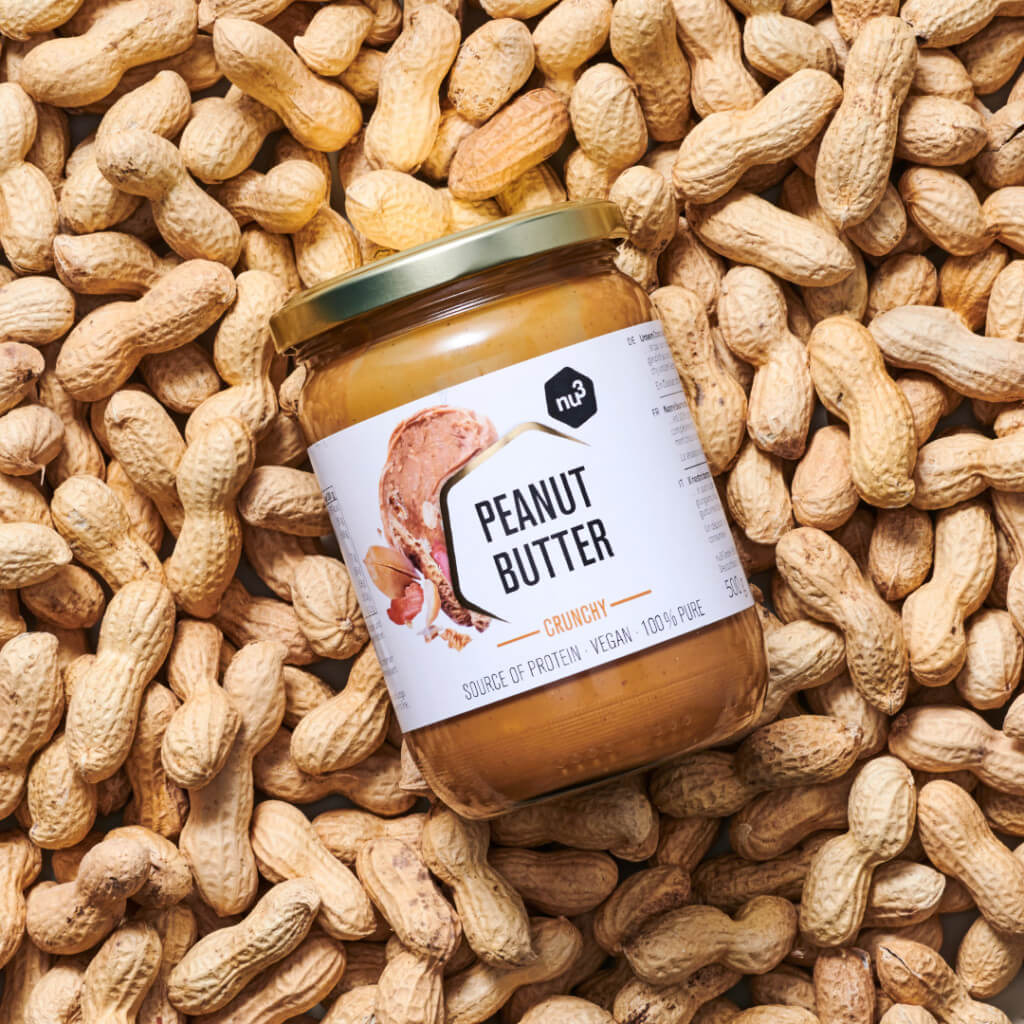


Optimizing Facebook & Instagram Ads campaigns poses various challenges for every performance marketer. One challenge arises particularly often, though: the optimization cycle. Unlike working with Google Ads, where optimization is keyword-based, optimizing Facebook & Instagram Ads rests more on target groups and advertising material. Accordingly, the management of their Facebook Ads campaigns presented the team at nu3 with many challenges: When do I optimize too much or too little? What is the maximum frequency of my advertising material? How do I manage target groups in the event of seasonality? Together with Robert Sünderhauf and Elodie Eliot from nu3, we addressed these challenges and developed a new framework for the perfect optimization cycle regarding Facebook Ads.
Nu3 develops innovative products for a good nutrition and fitness aimed at helping people live a healthy lifestyle and easily get all the necessary nutrients in sufficient quantity. To this end, Nu3 relies on the power of nature, optimal dosage and delicious taste. In addition, you can find tips and free and personal advice from nutrition experts at nu3.

Not surprisingly, there are 1001 „truths“ about the optimization cycle of Facebook & Instagram Ads. As is the case with any perfect account structure, a meaningful setup is key here as well. In order to work out the perfect optimization cycle for a given Facebook Ads setup, we teamed up with Robert and Elodie from nu3 to develop the following questions:
Of course, every strategy must match seasonality alignments as well as the choice of conversion and advertising types. Nu3 faced in particular the following problems:
But how do you know that a given campaign has gathered enough data? When should it be paused, restarted or stopped entirely? Together with Nu3, we have developed a smart approach to the perfect optimization cycle!
Using as an example the “Crunchy Peanut Butter Campaign”, an all-season successful evergreen product, we will present our approach to the perfect optimization cycle.
First, we set the campaign to have no end date, thereby not having to pause or restart it. Accordingly, the campaign would be able to run indefinitely. As we were dealing with an evergreen product that could be marketed all year round, we opted for a 4-week optimization cycle. The following parameters were to be optimized:
After our analysis, operating on a four-week basis, we evaluated those three above-mentioned parameters in the third week and made adjustments from the fourth week on. In a second round, we evaluated the same three parameters in the third week and made adjustments from the fourth week on again. After just two optimization cycles, we were able to increase sales by 20% while lowering advertising costs, thereby increasing the ROAS by up to 15%.
Applying to all campaigns, we recommend an optimization cycle based on the number of clicks and conversion events. For the perfect optimization cycle, we always recommend nClicks => 1,000 as well as conversion events that are set individually matching the respective industry. In the case of nu3, for example, the conversion events were decided to equal 15 purchases. Depending on the budget and cost per click (or cost per conversion), the number of days / weeks adjusts to the aforementioned optimizations.
Conclusion: It is important to let Facebook “learn” from how people interact with your campaigns. Only in this way can your campaigns be successfully implemented, controlled and optimized. The aforementioned learning phase is also important in order for you to understand the effects of the respective optimizations later on and to draw useful learnings for future campaigns. A meaningful structure lies at the basis of every strong setup. If campaigns are not set up according to a coherent structure, it is difficult to optimize them based on predefined key figures. What is more, your campaigns run the risk of quickly resembling a game of chance. If you have any questions concerning the optimization cycle on Facebook, we are happy to help you.
